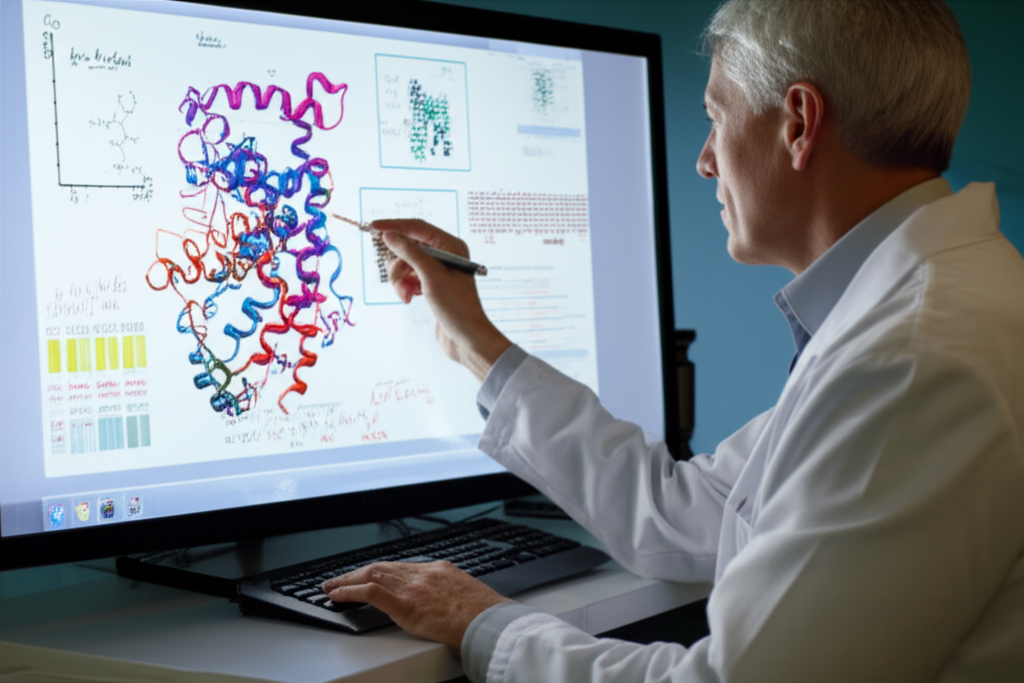Synthetic rubber manufacturing generates highly challenging industrial wastewater, particularly from styrene-butadiene rubber (SBR) production, which contains stubborn organic pollutants like benzene derivatives, dispersants, and coagulants. This water exhibits escalated chemical oxygen demand (COD) levels of 1,000 to 1,700 mg/l and salt concentrations exceeding 1,800 mg/l, rendering conventional approaches—such as basic air flotation, surface aeration, contact oxidation, or sand filtration—ineffective at achieving strict discharge limits below 100 mg/l COD. Existing methods also incur high operational expenses and fail to differentiate between effluents for effective recycling.

A breakthrough solution now addresses these inefficiencies through a segregated treatment approach. The innovation partitions wastewater from various factory sections into two distinct systems: one for resilient SBR waste and another for more manageable butadiene rubber (BR) streams. By tailor-treating each type, the process minimizes pollution discharge, lowers expenditures, and enables resource recovery. Key advancements include enhanced primary treatment coupled with a proprietary "TAO" method for SBR and simplified, deep purification for BR, heralding unprecedented efficiency and environmental synergies.
For SBR wastewater management, the system initiates with a primary conditioning phase in adjustment tanks, where composite aluminum salts and polyacrylamide reagents are introduced at controlled doses (typically 10–15 mg/l). This induces coagulation and flocculation, enlarging fine particles, rubber micro particles, and colloidal substances into removable aggregates. Subsequently, two sequential air flotation stages employ dissolving air flotation techniques: the first deploys large bubbles via rapid-release devices to eliminate coarse flocs, while the second applies micro-bubbles to extract minute aggregates through extended retention time. This step reduces COD by 40–45% and suspended solids (SS) by 95–98%, optimizing chemical consumption.
Next, the advanced "TAO" process provides secondary biological treatment. Entailing a hybrid anaerobic-aerobic technique, it features an initial anaerobic acidification step in tanks fitted with semi-soft packing. Over 8–13 hours of hydraulic residence, anaerobic microbes transform intractable cyclic organic compounds into biodegradable chain-like structures, boosting biochemical oxygen demand (BOD) to restore a favorable BOD-COD balance exceeding 0.45. The effluent then enters plug-flow aeration tanks, where robust, wind-supplied oxygenation sustains aerobic sludge reactors. By maintaining dissolved oxygen for ≥8 hours, activated sludge microbes rapidly consume organic matter, slashing COD by 50–64% to around 230 mg/l.
Post-aeration, water advances to a specialized two-tier AO contact oxidation tower, standing approximately 5 meters tall and packed with porous solid fillers—like coke, slag, or pumice—that host microbial biofilms. In the anaerobic lower chamber, residual refractory organics undergo secondary hydrolysis with minimized aeration. Upon elevating to the aerobic upper section, increased air injection facilitates oxidation, collectively reducing COD by 40%. Final polishing occurs in a composite filtration unit, employing sequential media such as activated anthracite-quartz sand, biological charcoal-quartz sand, or resin-based fiber filters. This post-bioreactor stage strips an additional 15% COD, ensuring effluent meets sub-100 mg/l standards before sewer release.
Meanwhile, the BR wastewater framework adopts streamlined obviation. Effluents undergo primary physical-chemical refinement and aerobic processes—either plug-flow aeration or standard contact oxidation—to pare COD to 40–50 mg/l. Output water progresses to intensive activated carbon adsorption towers, where enhanced filtration occurs. Carbon matrices undergo pre-activation: soaking in 5–10% sulfuric acid fortifies adsorbent porosity, and subsequent dips in 2–5% potassium permanganate boost oxidative capacity and selectivity for trace ions. This fortification heightens uptake efficiency by 15%, purifying waste to levels fit for industrial reuse, such as cooling circuits.
Operational logistics incorporate auto-assist elements—e.g., hydraulic transport gear for carbon loading/removal in 4.5–5.5-meter towers—slashing labor while preserving efficiency at flow rates near 10 m/h. Environmental payoffs abound from implementing this segmentation. Unlike older mixed-treatment models reliant on uniform, resource-intensive approaches, the tailored workflow drastically reduces emissions and costs. Specifically, the T AO method slashes discharge volumes for SBR, while the BR component recycles nearly 100% reclaimable water. Economic analyses reveal average savings surpass 1.80 CNY per tonne, stemming from reduced chemical dosing, labor automation, and minimized waste haulage.
Field validations confirm that the integrated method outperforms traditional systems in reliability and scalability. Future adaptations aim to extend applications across analogous sectors like plastic and rubber derivative industries, cementing its role as a cornerstone for sustainable industrial water stewardship. Overall, this innovation signifies a transformative leap, showcasing how targeted technology can harmonize ecological stewardship with fiscal prudence.
Manufacturing Facilities






Professional Export Experience
to Global Customers

1. 20 years of R&D, manufacturing and sales experience, serving customers in 60 countries and regions around the world;
2. Own R&D laboratory, pilot platform and large-scale production workshop, which can meet the audit requirements of global customers;
3. We can satisfy customers' perfect transition from small scale lab requirements (gram level) to commercialization requirements (hundred tons level).
A: We don't have Minimum Order Quantity, exact quantity should be provided before quotation for us to calculate the exact cost.
A: We don't provide free samples due to lots of request and expensive international courier's cost, we can deduct the sample charge after commercial order placed.
A: Our payment terms: Small or sample order: T/T IN ADVANCE. Commercial order: First order should be by T/T IN ADVANCE or L/C at sight, and following orders T/T 30~90days is acceptable subject to approval of credit application.